Fire prevention measures at the enterprise. Fire prevention plan
Fire safety measures are aimed at ensuring the safety of property at objects of household and economic activity, the health and life of citizens. Their main goal is to maintain the necessary conditions in populated areas, in areas where there are crowds or people through unquestioning compliance with established norms and requirements. Let us next consider what fire protection measures exist.
Main tasks
The development and implementation of fire prevention measures are necessary to analyze and eliminate the probable causes of fires. Due to them, maximum limitation of flame spread in case of emergency is ensured. Fire prevention measures include measures to create optimal conditions for saving property and evacuating citizens. Preventive work with the population ensures timely identification of the source of fire and calling rescue services.
on fire safety
It is a set of measures aimed at maintaining conditions that do not threaten property, life and health of people. Each production must develop a fire prevention plan for the year. All documentation related to ensuring optimal working and living conditions can be revised if necessary, as well as in cases provided for by law. 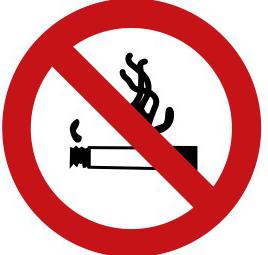
Organization of fire-fighting measures
All objects carrying out economic activities are subject to certain requirements. Fire safety measures at the enterprise include regular inspections of the entire facility and individual areas related to it. The frequency of control is established in accordance with legislation and other industry regulations. Fire safety measures at the enterprise include instructions and training sessions for employees and workers of the facility. Familiarization with the requirements and subsequent testing of knowledge is carried out by authorized persons appointed by the manager. Instructions are carried out with both permanent and temporary employees, as well as with those arriving at the site from other organizations. Buildings, structures, workshops, sites must be equipped with warning systems. Responsible persons must ensure that all fire safety devices are in working order and ready for operation. At new construction sites, during the re-equipment and reconstruction of various premises (shops, warehouses, workshops and others), it is necessary to constantly monitor compliance with established requirements. Voluntary fire brigades and special combat crews can be formed and trained at the enterprise, whose responsibilities will include extinguishing fires and eliminating the consequences. 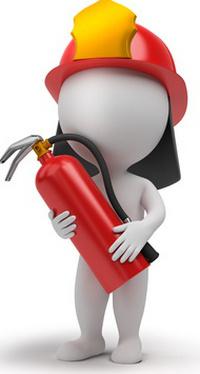
Authorized authorities
Fire safety measures are developed and carried out in accordance with standards, as prescribed and under the control of relevant services. These include, in particular:
- TB department.
- State Fire Supervision.
- Voluntary squads and societies.
- Fire technical commission.
- PCH personnel.
- Freelance fire inspectors.
The essence of the work
Fire safety measures are aimed at identifying and eliminating deficiencies directly at the facility. If it is impossible to immediately correct the defects, the authorized authorities order that the violations be eliminated as soon as possible. Fire safety measures include equipping warehouses, workshops, workshops and other production premises with automatic ones. In the course of work to ensure optimal working conditions that exclude any threat to property and life, flammable substances are replaced, if possible, with less dangerous analogues. This kind of fire prevention measures must be formalized by issuing acts or instructions (orders). They are handed directly to the head of the production facility. 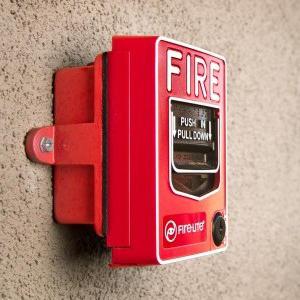
Tasks of regulatory authorities
The competence of the State Fire Supervision Authority includes checking the implementation of existing fire safety rules and regulations during the design, construction, reconstruction of facilities and during their operation. Preventive work is carried out mainly in the form of examinations and inspections. These events are carried out regularly at all economic facilities. They can be either planned or unplanned. The work is aimed at verifying compliance with approved standards and requirements. Their implementation ensures a reduction in the likelihood of fire, rapid extinguishing of the flame in the event of an emergency, as well as ensuring the safety of property, health and life of personnel and people in close proximity to the facility. In addition, the survey allows us to identify the availability and readiness of protective equipment and warning systems. The inspections carried out are necessary to determine the actual level of fire safety at the facility. Based on the conclusions made during the audit, recommendations are developed for enterprise managers. 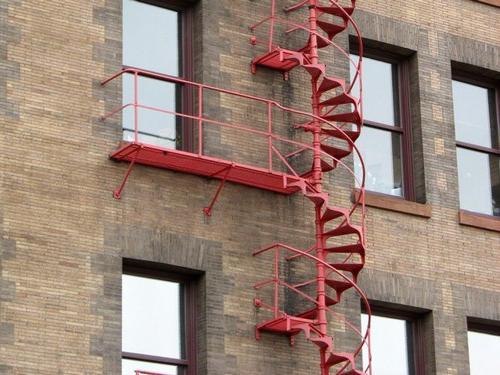
Controlled objects
The Regulations on State Fire Supervision establish the frequency of preventive inspections. It depends on the hazard class of the object. The following are monitored annually:
- Vocational schools and technical schools.
- Household and public service enterprises.
- Research institutes and design institutes.
- Warehouses.
- Residential buildings with a large number of storeys with the organization of consumer services.
Employees of the authorized service are assigned to each object. To monitor the implementation of State Fire Supervision regulations, seasonal inspections and inspections of individual structures, workshops, and buildings may be carried out on behalf of officials.
Fire prevention measures
The primary tasks to ensure the safety of material assets, life and health of employees at facilities include:
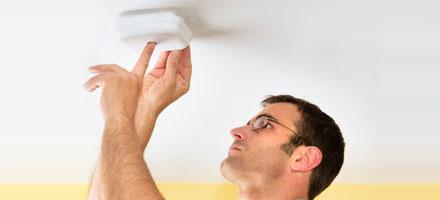
Special regime
It involves the establishment of a certain set of requirements and measures throughout the enterprise or in its individual sections. The instructions must be followed by all people involved at the site without exception. Among the fire safety measures, the following should be noted:
- Arrangement of smoking areas.
- Regular cleaning of industrial and other premises from flammable waste.
- Thorough inspection of areas after completion of work.
- Installation of switches (switches) ensuring complete de-energization of electrical installations.
- Equipment of evacuation passages and routes.
Typically, the implementation of the measures provided does not require significant financial expenditures. They can be performed independently by employees carrying out their professional activities in any premises.
Work with personnel
All employees involved in the enterprise must undergo fire safety training. During this they are required to study:
- Instructions and rules for industrial safety.
- Hazard parameters of materials, substances used and stored in production.
- Rules for the maintenance and use of extinguishing agents.
- Characteristics of fire hazard of technological processes, equipment, structures.
- Sequence of actions in an emergency situation.
Fire training and education consist of conducting briefings and familiarization sessions, which involve passing. The procedure in accordance with which this work is carried out is established and regulated by relevant regulations or orders. When conducting briefings, it is advisable to use software training tools. 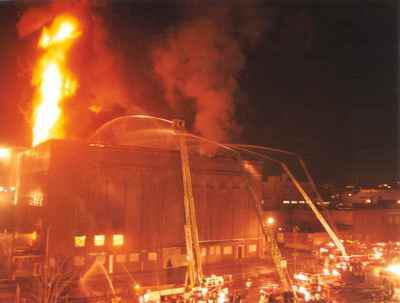
Finally
It should be noted that the success of fighting and preventing fires is ensured only at those enterprises where preventive work is well done, and PTC and DPD are available and operational. According to statistics, about 60% of fires occur due to non-compliance with established standards and obvious violations of safety regulations. The most common causes of fires include smoking in places that are not equipped for this, leaving electrical appliances on, using torches to defrost engines or pipes, and so on. To eliminate these factors, it is necessary to introduce a strict fire safety regime and regularly train employees in fire safety rules.
